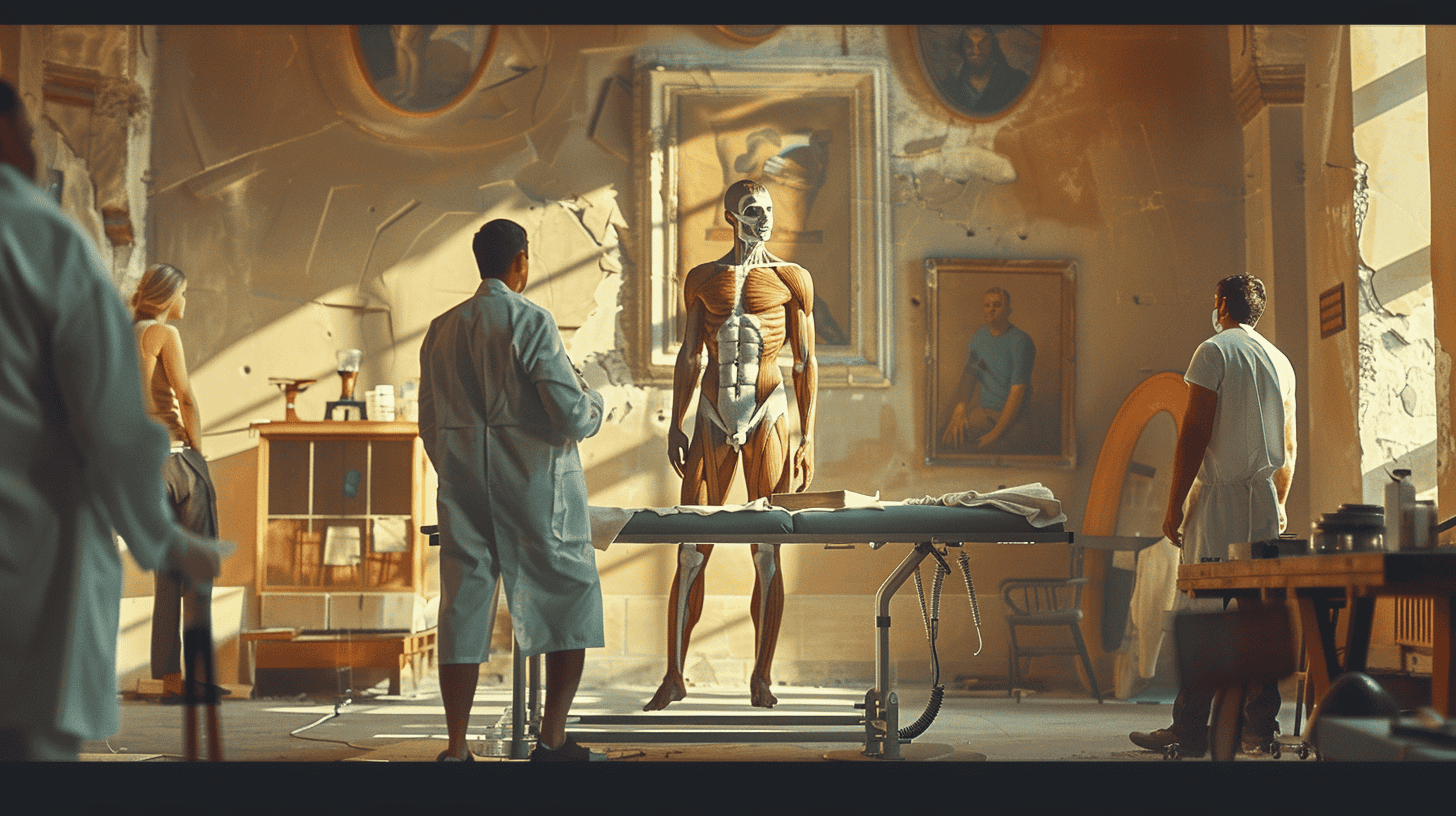
An obsession mentality pools the top athletes of our times. One example is Cristiano Ronaldo’s meticulous care for his body. He was one of the first athletes to use cryotherapy – and even to buy its own therapy chamber – to speed up recovery. Mamba Mentality was the trademark of Kobe Bryant; his own version of obsession emphasized by 3 am training sessions and a total dedication to improving every day. These very same athletes are well aware of how the devil is in the details and resort to every possible resource to come up in clutch times. Science can help them understand how to improve, and innovation can give them the extra boost they need.
For a decade now, Dutch Olympic athletes have also been counting on the help of the Delft University of Technology (TU Delft) Sports Engineering Institute. Research done at the institute has helped many athletes excel. In the buildup to the upcoming summer Olympics, the institute hosted a day to celebrate and look back at its work.
Since day one, the institute worked on exploring how technology can improve sports performances, covering a wide range of disciplines. Research projects about cycling, running, and darts have been conducted, as well as studies focusing on paralympic athletes. Since its inception, Dutch athletes have found a partner in Delft researchers.
There’s something about sport. And so here is a magazine full of technology and sport for you. For ‘IO Next: The Future of Sport Tech’ our team delved into innovations for professionals and amateur athletes.
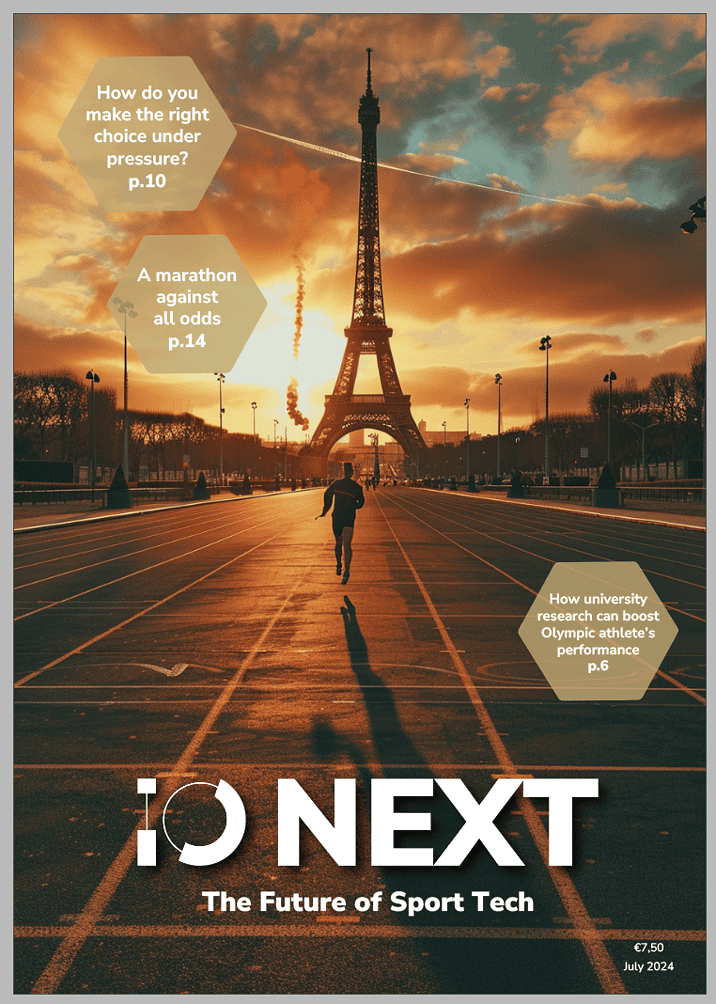
An Olympic medal-winning suit
One prime example of such collaboration is Kimberley Bos, the first athlete representing the Netherlands at the Olympic Winter Games in Pyeongchang 2018 in the skeleton event. In 2022, she became the European champion and won the bronze medal at the Beijing Winter Olympics. TU Delft also helped achieve these successes, designing an aerodynamic and tailor-made suit for Bos.
“Through the National Olympic Committee, we were linked to the TU Delft, and that’s how I met Wouter (Wouter Terra, TeamNL expert aerodynamics at TU Delft and the Dutch umbrella organization for sports NOC*NSF, ed.). My coach takes care of the technical aspects for me. His Ph.D. was in ice friction, yet he doesn’t know much about aerodynamics,” Bos told IO. Both the athlete and her team had many questions about enhancing their aerodynamics knowledge and consequently improving performance.
As a result, the group decided to work on a dedicated suit, which paid off. “The biggest difference was that there was no doubt this was the best suit for me. It was comfortable, and I also knew it was the best aerodynamically. That takes away the concern about anything else, and you can focus on the one thing you’re good at, in my case, sliding,” recalled the athlete.
Scanning bodies
One of the labs where Bos’ winning suit was crafted is the university’s 4D scanning lab. There, machinery allows for taking a complete scan of bodies and tracking movement. Gathering this information allows for a real personalization of a specific piece of equipment, as well as to study movement. From the scans, 3D models of the bodies can be made so as to study a specific body composition and design suits or helmets in the most accurate way possible.
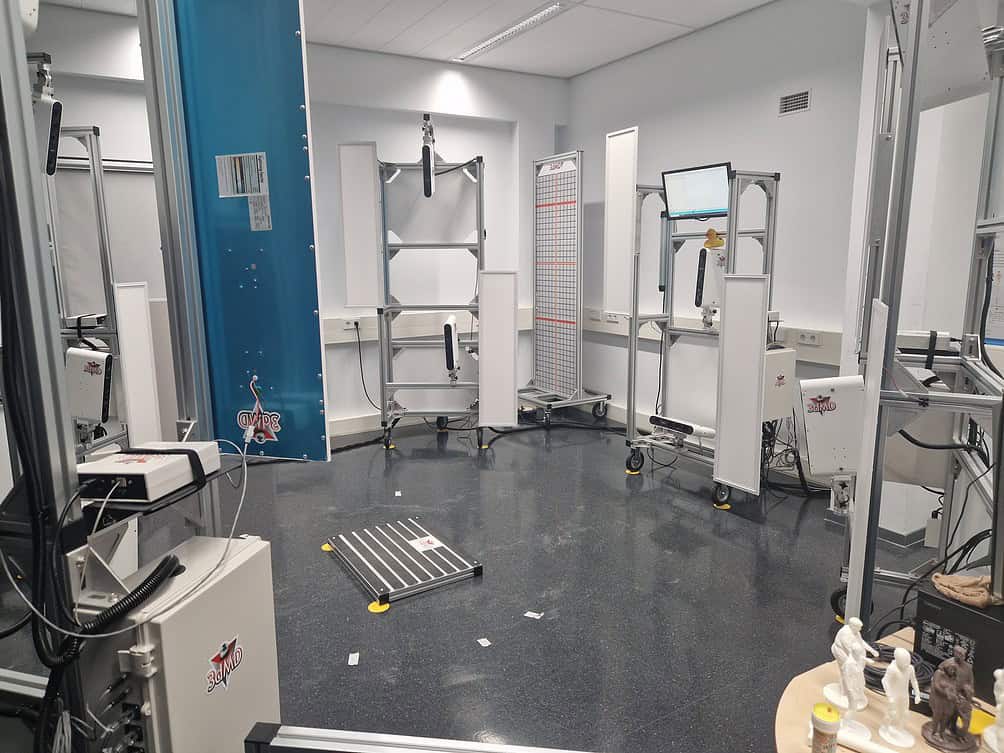
The Olympics track bike
In the last Tokyo Summer Olympics, the Dutch track bike team won six medals: the best result ever. Delft researchers’ work is part of the reason to explain this achievement. Back then, they worked alongside bike manufacturer KOGA to create a tailor-made bike for each cyclist, adjusting features to every cyclist’s length and posture. Before the competition, the bike was expected to yield a half-second advantage during the sprint event.
And the KOGA Kinsei delivered. The men’s team won in both single and team sprint disciplines, with Harrie Lavreysen bagging the gold in both competitions. The women’s team also won two medals, with Shanne Braspennincx triumphing in the Keirin discipline.
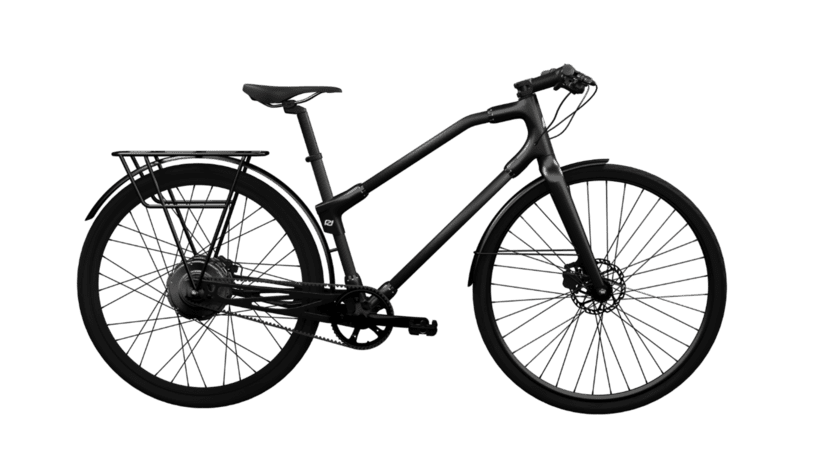
Science to bring a competitive advantage
As more tools to improve performance are available, athletes and their coaches focus on training smarter rather than harder. The wider availability of data opened up more possibilities to this extent, as trained data analysts are now also part of all sports coaching teams. In any case, the interplay between cutting-edge tech and sports is as crucial as ever, and the contribution scientists can make to sportspeople is instrumental.
“You have to go for a competitive advantage. An athlete nowadays has to be careful about what one does regarding food or technology because that’s what will eventually make a difference between a gold or a silver medal. To achieve top results, sportspeople need science and innovations,” underlined Marc van den Tweel, director general of the sports institute, on stage.
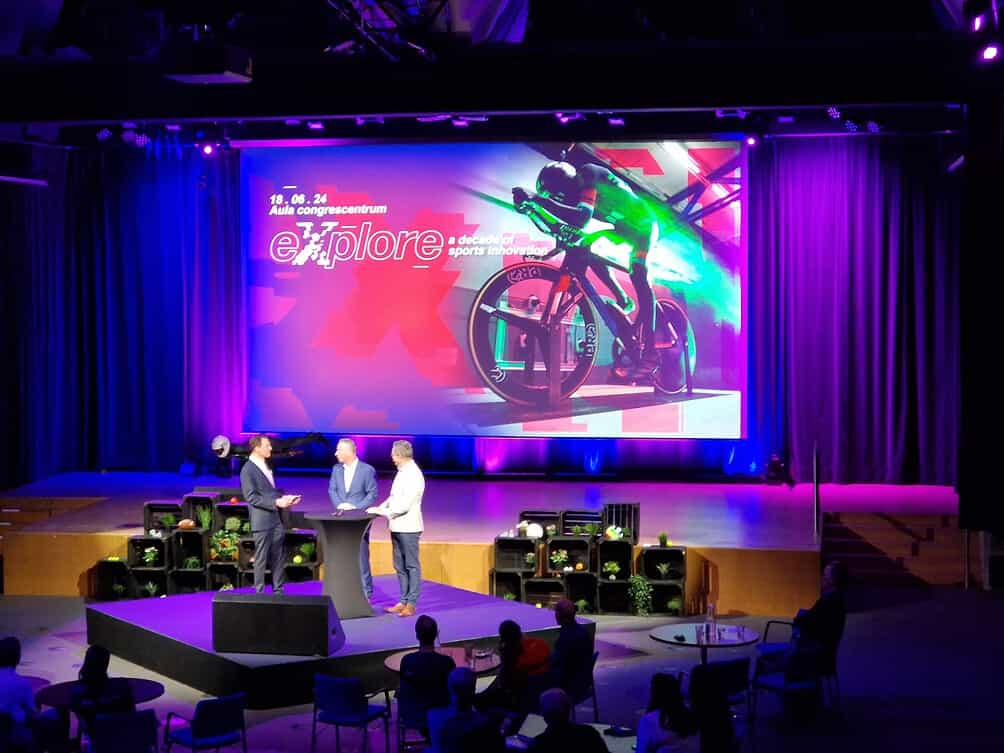
Impacting society at large
Research is primarily done with and for athletes, yet TU Delft’s motto remains the same: impact for a better society. Sports innovation makes no exception, and it positively impacts society as a whole. Recently, the Sports Engineering Institute and bike manufacturer Gazelle unveiled an assisted bike steering system which was for visitors to try. Hopping on the bike, one can feel the difference, with the bike immediately turning in the desired direction as soon as the handle is moved.
The system is designed to prevent low-speed falls, which are the most frequent ones, and to provide riders—especially people of old age—extra help and comfort. According to the Dutch Road Safety Institute (SWOV), most major bike accidents are the result of losing control of the bike. Yearly, around 120 cyclists aged 55 or older die in bike accidents, with thousands more involved in serious accidents. As more and more bikes on the streets are electric – thus heavier and faster – the project wanted to provide cyclists extra safety.
To this extent, Van Den Tweel underscored the Sports Engineering Institute’s willingness to broaden its scope. Pushing people to exercise more – Dutch adults are the ones sitting the longest hours per day in Europe – to reduce obesity levels and prevent cardiovascular diseases are tenets of this mission. Winning medals comes right after.


